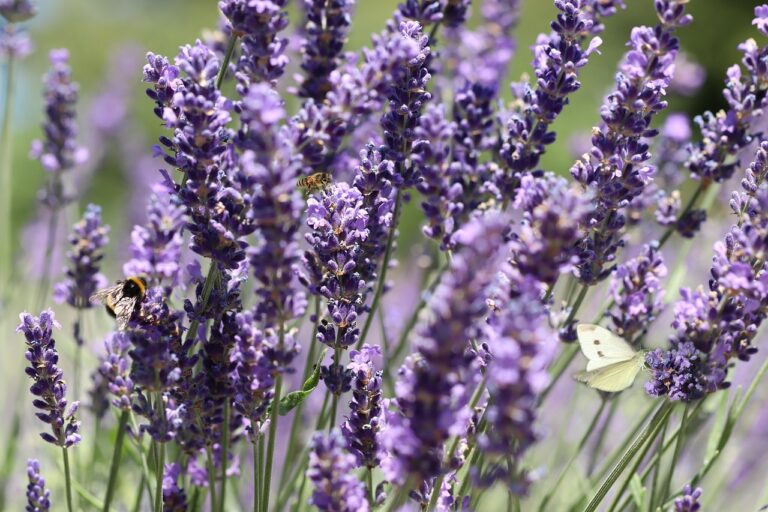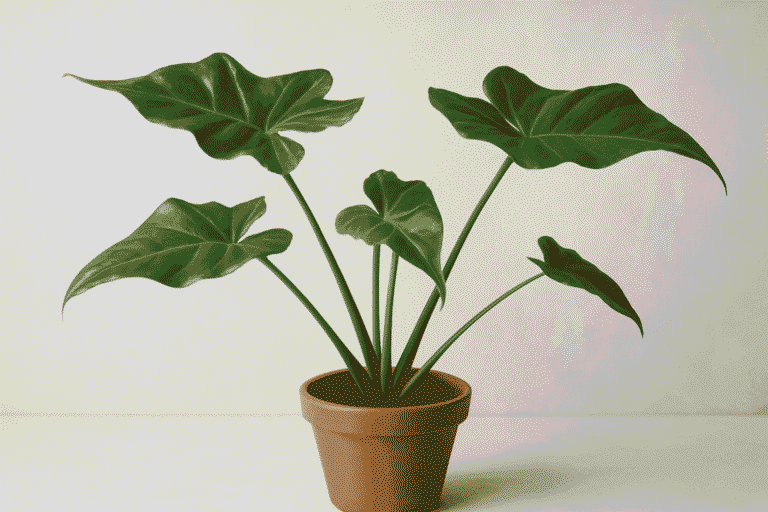Oregano Herb Leaves
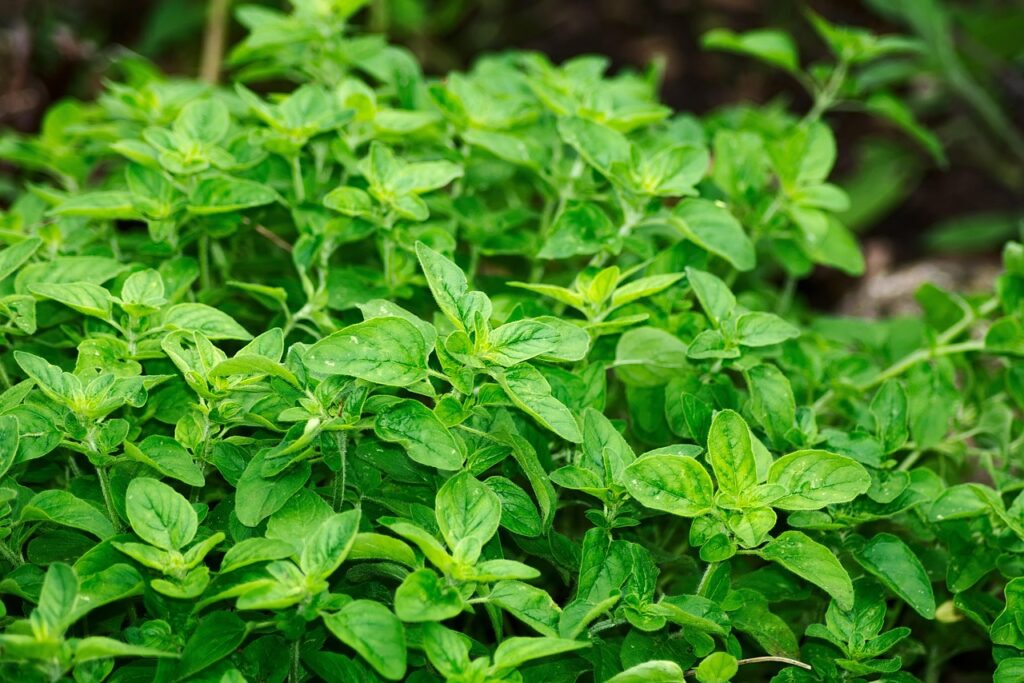
If you’ve ever topped a homemade pizza or pasta with a sprinkle of dried herbs, chances are you’ve already enjoyed the bold, aromatic flavor of oregano herb leaves. But beyond the spice rack, oregano is a garden gem that’s worth getting to know a little better. As someone who’s grown oregano in a small kitchen garden right outside my window, I can tell you—it’s one of the easiest and most rewarding herbs to care for.
Native to the Mediterranean but thriving beautifully in many parts of the U.S., oregano herb leaves bring more than just flavor to the table. Fresh or dried, they add a peppery, slightly bitter kick that enhances everything from grilled veggies to meat marinades. And let’s not forget the health perks—oregano is packed with antioxidants and known for its antimicrobial properties.
What I love most about growing oregano is how low-maintenance it is. Whether you’re planting it in a sunny backyard bed or a small pot on your apartment balcony, this herb grows quickly and abundantly. Just a few leaves can elevate an entire dish, and the scent? Instantly grounding and delicious.
Whether you’re a home chef, an herbal enthusiast, or someone just starting their gardening journey, oregano is a must-have. Stick around—we’re diving deep into why these little green leaves deserve a permanent spot in your kitchen and your garden.
Benefits of oregano herb leaves
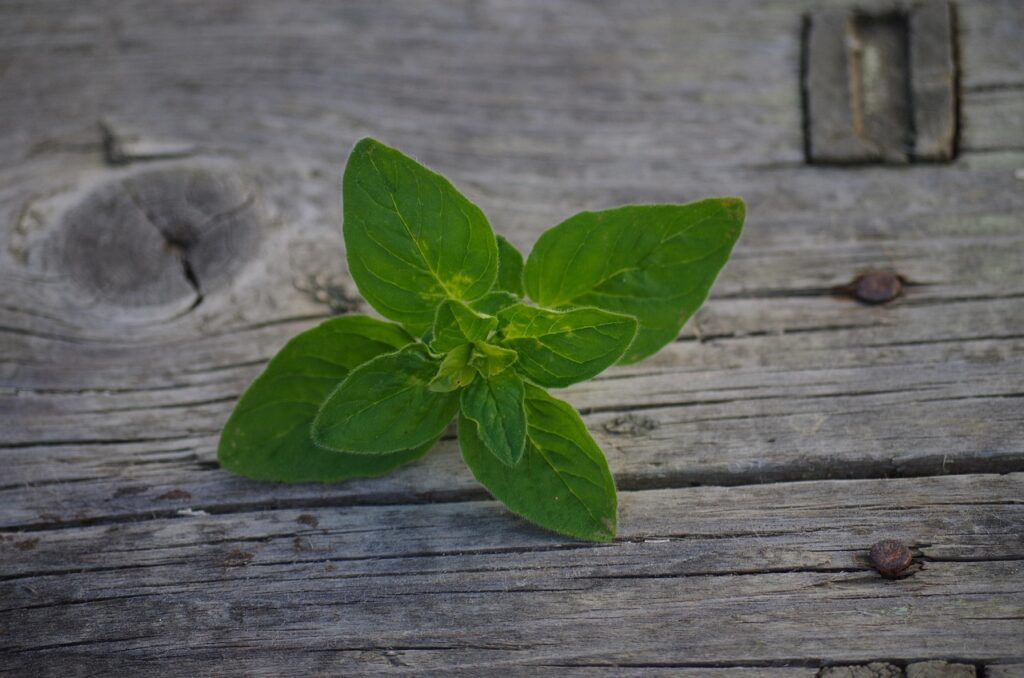
When I first started using oregano herb leaves in my kitchen, I was just chasing flavor. But the more I explored, the more I realized how much these tiny leaves bring to the table—literally and nutritionally. Grown right in my backyard, oregano quickly became more than just a seasoning. It turned into a daily dose of wellness I never expected.
One of the biggest benefits of oregano herb leaves is their natural antibacterial and antiviral properties. I often make a simple tea with fresh oregano leaves when I feel a cold coming on—it’s soothing and surprisingly effective. These leaves are also rich in antioxidants, which help fight off free radicals and support a healthy immune system.
And if you’re into gut health like I am, oregano is a game-changer. It’s known to support digestion and can even help reduce bloating. Plus, it’s low in calories and carbs, making it a smart flavor booster for just about any diet.
Whether you use them fresh or dried, oregano herb leaves are one of those herbs that quietly do it all—flavor, function, and feel-good benefits in every sprinkle.
Types of oregano leaves
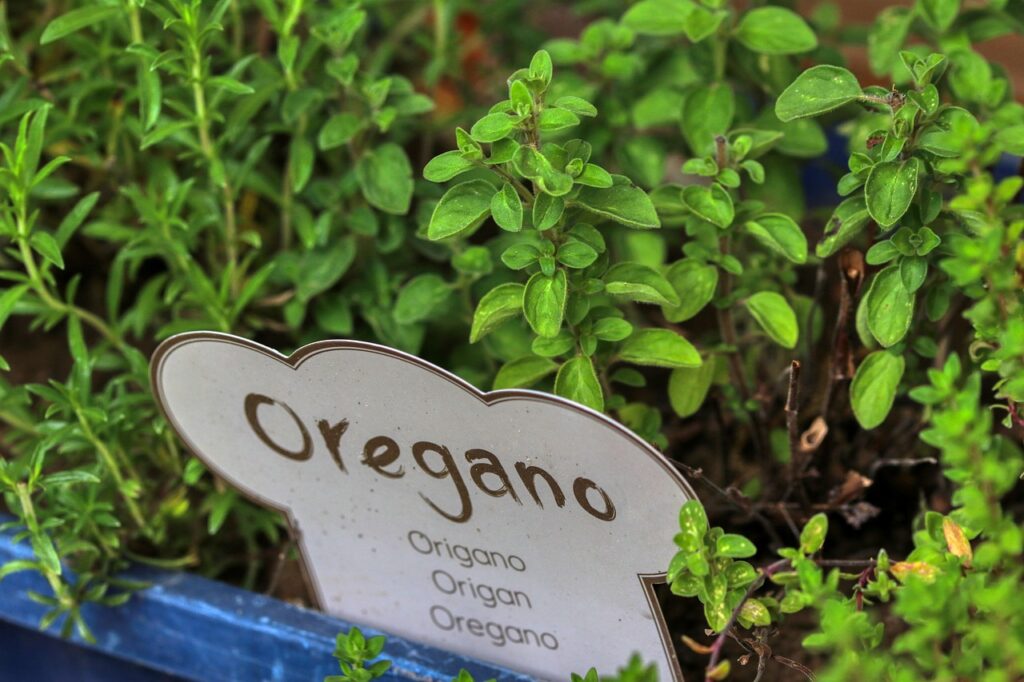
When I first started growing oregano, I had no idea there were so many types of oregano leaves—each with its own unique flavor and personality. What began as a simple herb garden project turned into a fun exploration of taste and tradition, especially in my kitchen.
The most common type you’ll find in U.S. grocery stores is Greek oregano (Origanum vulgare), known for its bold, slightly spicy flavor that works great in Italian and Mediterranean dishes. Then there’s Italian oregano, a milder hybrid between oregano and marjoram—it’s perfect for pizza sauces and pasta.
I also tried growing Mexican oregano (Lippia graveolens), and wow—it’s a totally different plant with a citrusy, peppery flavor. It’s a staple in Latin American cooking, and now I can’t make chili without it. Another one to try? Syrian oregano (Za’atar), which has a slightly earthy and lemony taste, is often used in Middle Eastern blends.
Each variety has its charm, and once you start experimenting, it’s hard to go back to just one. Whether you’re drying them for seasoning or using them fresh in your recipes, exploring the different types of oregano leaves will seriously level up your cooking game.
Ground oregano vs Oregano leaves
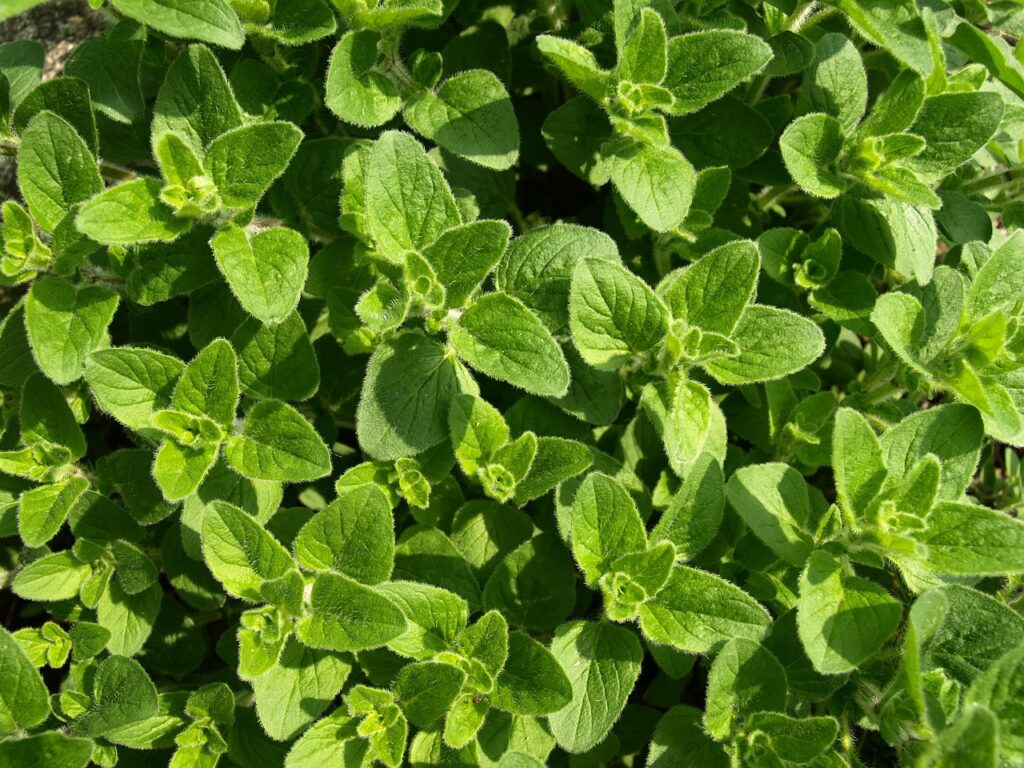
When I first stocked my spice rack, I didn’t think much about the difference between ground oregano vs oregano leaves. But once I started cooking more from scratch, especially with fresh ingredients, I realized just how much that choice impacts flavor. Both have their place, but knowing when to use them makes all the difference.
Oregano herb leaves, whether fresh or dried, give a more vibrant and layered taste. I love tossing a few dried leaves into soups or sprinkling fresh ones over roasted veggies—there’s a rustic, earthy aroma that really comes through. On the other hand, ground oregano is more concentrated and blends smoothly into sauces or marinades. I usually reach for it when I want that oregano punch without visible flakes.
If you’re into bold, textured flavor, go for the leaves. But if you’re making something like taco seasoning or meat rubs, ground oregano can give that deep, uniform taste. It really comes down to how you want oregano to show up in your dish.
So when you’re choosing between ground oregano vs oregano leaves and oregano herb leaves, think about the texture and intensity you’re aiming for. Honestly, I keep both in my kitchen—because why not have options?
Oregano leaves turning brown
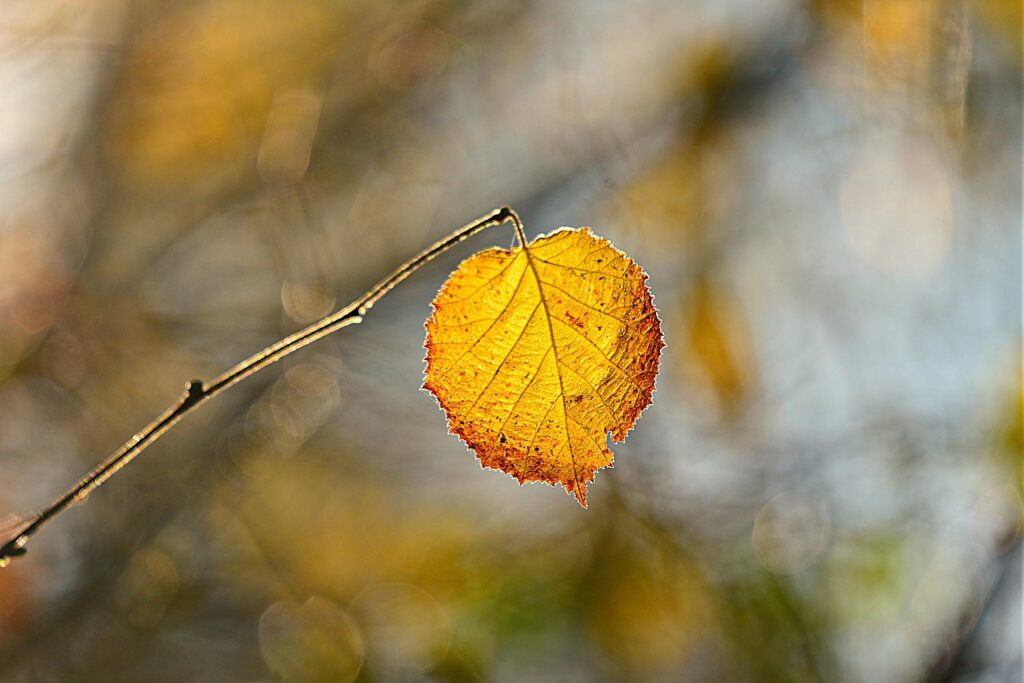
If you’ve ever walked out to your garden and noticed your oregano leaves turning brown, you’re not alone—I’ve been there too, and it’s frustrating when your once-lush herb starts looking a little sad. The good news? It’s usually fixable once you know what’s going on.
In my experience, browning leaves are often a sign of overwatering or poor drainage. Oregano loves well-drained soil and hates having “wet feet.” When I first started growing it, I made the mistake of watering too often, thinking more water meant more growth. Instead, my oregano started to wilt and brown.
Another common issue is too much direct heat or sun, especially during peak summer in warmer U.S. zones. Oregano does love sunlight, but even it needs a break during extreme heat. I’ve learned to give it some light shade in the afternoons.
Sometimes, pests or fungal issues can also be the culprits. I check under the leaves and trim away any damaged parts to keep the plant healthy.
If you notice oregano leaves turning brown, don’t panic—just adjust your care routine. A little attention goes a long way, and your herb will bounce back with time and the right conditions.
Best usage of oregano herb leaves
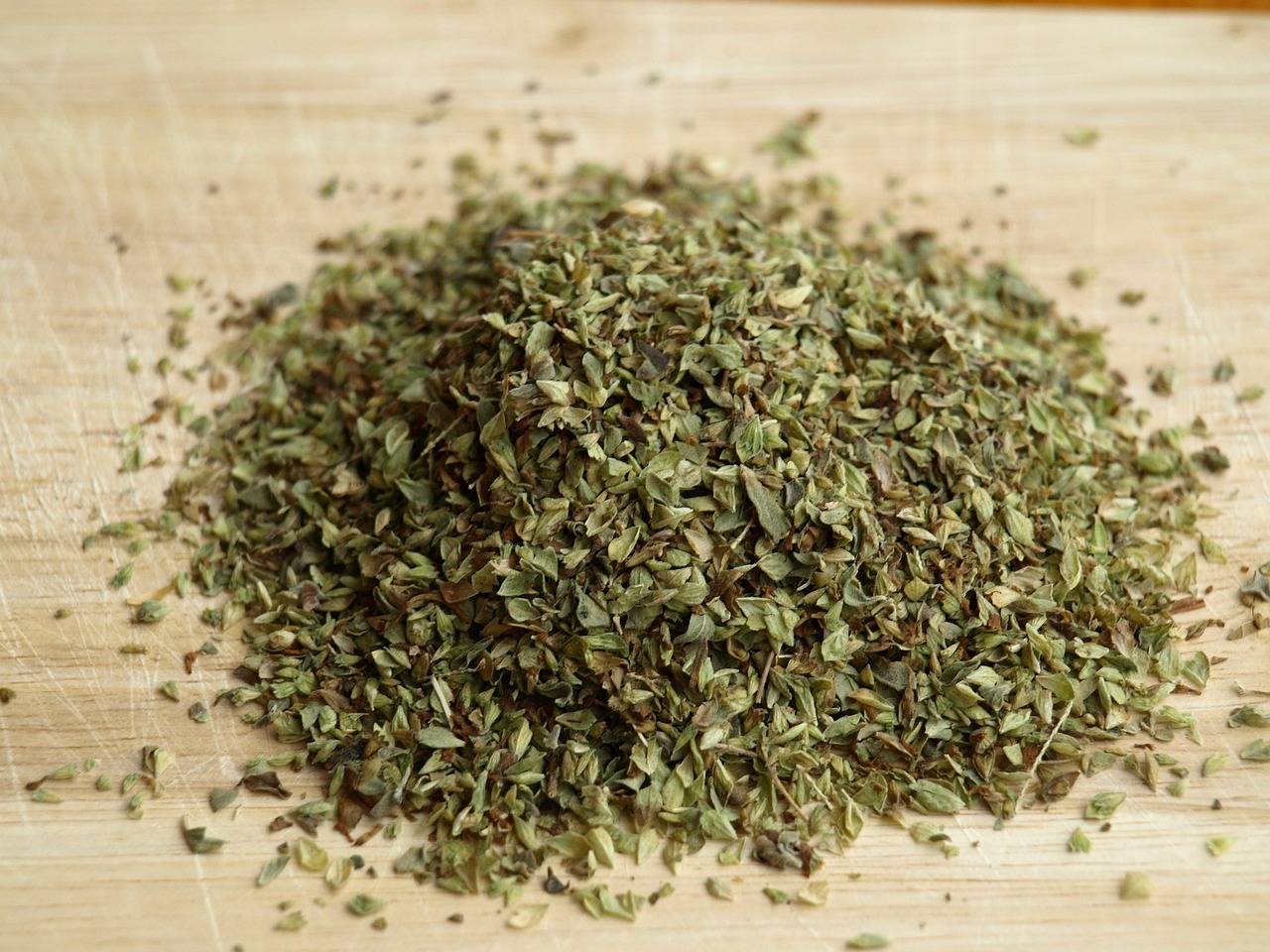
Figuring out the best usage of oregano herb leaves completely changed how I cook at home. I used to think oregano was just for pizza, but wow—I was missing out. Once I started growing my own oregano in a sunny kitchen window, I found myself using those flavorful little leaves in just about everything.
Fresh oregano herb leaves are amazing in marinades for chicken, lamb, and even grilled vegetables. I often chop a few leaves and mix them into olive oil, garlic, and lemon juice for a quick, zesty dressing. For soups and stews, I like to toss in dried oregano early in the cooking process so it can slowly infuse its earthy flavor.
If you’re into homemade sauces, especially tomato-based ones, oregano is a must. I even use it in scrambled eggs and roasted potatoes—just a pinch can totally elevate the dish. And let’s not forget the wellness side—steeping fresh oregano leaves in hot water makes a comforting herbal tea that helps when you’re feeling under the weather.
In short, oregano herb leaves are way more versatile than I ever imagined. Whether fresh or dried, they bring bold, comforting flavor to everyday meals—and honestly, I can’t cook without them now.
Conclusion
From the garden to the kitchen oregano herb leaves have become one of my favorite herbs. Whether you’re enjoying their bold flavor in a homemade pasta sauce or the health benefits in a soothing herbal tea oregano is the perfect combination of taste and wellness. Growing it at home has not only added fresh flavor to my meals but connected me more to what I eat.
We’ve covered everything from the different types of oregano leaves to how to use them and even what to do when you see oregano leaves turning brown. Whether you like ground oregano for convenience or fresh leaves for a flavor boost there’s no wrong way to enjoy this super herb.
If you haven’t added oregano to your herb garden or spice cabinet yet now’s the time. Trust me it’s one small leaf that makes a big difference.
Frequently Asked Questions
Ground oregano is finely milled and has a more concentrated flavor, while oregano leaves (fresh or dried) offer a more textured and layered taste. Both are useful—just depends on the dish!
Browning leaves are usually caused by overwatering, poor drainage, excessive heat, or pest issues. Adjusting your care routine can help bring your plant back to health.
Common types include Greek oregano (bold and spicy), Italian oregano (milder), Mexican oregano (citrusy and peppery), and Syrian oregano (earthy with a lemony kick).
Oregano herb leaves are great in marinades, soups, sauces, roasted veggies, and even herbal teas. Use fresh for brightness and dried for deeper flavor.
Not exactly. Dried oregano is simply dehydrated oregano leaves, but it has a more concentrated flavor. Fresh leaves offer a lighter, more vibrant taste. Both have their place in the kitchen!
Table of Contents
- Oregano Herb Leaves
- Benefits of oregano herb leaves
- Types of oregano leaves
- Ground oregano vs Oregano leaves
- Oregano leaves turning brown
- Best usage of oregano herb leaves
- Conclusion
- Frequently Asked Questions
- Mona Lavender Plant: Complete Growing Guide for Beginners
- Alocasia Stingray Plant Guide: Tips for Healthy Growth
- Pink Lilly Flower: Growing and Caring for Pink Lillies

